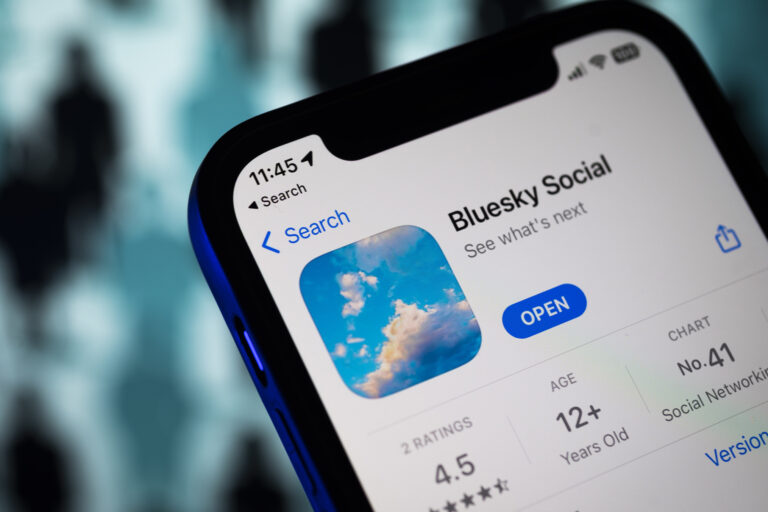A new in-app video and music player for links is being introduced by the decentralized social network Bluesky, which is also introducing a new function that allows users to “hide posts.” Bluesky’s user experience is now more comparable to that of Twitter as a result of the additional enhancements.
The new video and music player is compatible with embeds such as those found on YouTube, SoundCloud, Spotify, and Twitch. The in-app player on Bluesky does not automatically play material, in contrast to the default configuration on X, which allows videos to play automatically. A tap will be required from users in order to activate the material, regardless of whether they are watching or listening to it.
If there is something that you do not wish to see again, you have the option to click on the “hide post” tool that has recently been added. Your feeds will no longer contain the post, and it will be “put behind a mask if you visit it directly,” according to Bluesky.
Bluesky has also corrected a bug that allowed muted and blocked account listings to appear as empty. This enhancement comes in addition to the additional features that have been added. A crash bug that would occasionally occur while interacting with threads was also fixed by the social network. Additionally, an issue that would cause the home screen to be empty was also fixed.
The news that was made today comes just a few days after Bluesky officially began enabling users to view posts on its site without requiring them to register in. In order to create an account and begin posting, you will still require an invitation; however, you will be able to read postings by following a link. After this change, publishers will be able to embed Bluesky postings in their blogs or link to them. Furthermore, users are now able to use Bluesky to share posts in either individual or group conversations.
Bluesky, which had its iOS and Android applications released in February, reached a milestone of 2 million users in the most recent month. Bluesky is the only instance on the AT Protocol at the moment; however, it is working toward federation “early next year,” which means that it will eventually function as a more open social network similar to Mastodon, in which users will be able to choose whatever servers they want to join and move their accounts around at their own discretion.

